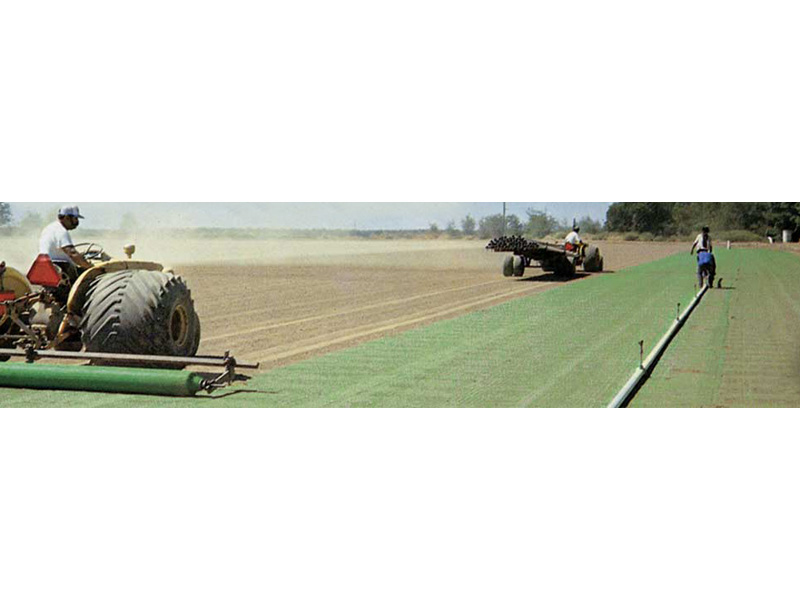1. Soil Preparation: Start your turf project by meticul […]
1. Soil Preparation: Start your turf project by meticulously preparing the soil. This involves grading the area, removing debris, and enriching the soil with organic substances or nutrients. It's critical to ensure optimal soil drainage to prevent any waterlogging.
2. Turf Selection: Choose your turf grass type wisely based on your specific location, climate, and intended use. Different grass varieties have unique growth requirements, so select the most fitting one for your project's conditions.
3. Installing the Turf Growing Net: Ensure a secure and tight installation of the turf growing net over the prepared soil. It should cover the entire area where you intend to cultivate your turf.
4. Seeding or Sodding: Proceed with either seeding the area using grass seeds or laying down sod, paying close attention to proper seed or sod placement for comprehensive coverage.
5. Irrigation: Maintain consistent and adequate watering, adjusting based on soil moisture levels to avoid under- or overwatering. This practice is fundamental for fostering germination and root development.
6. Fertilization: Assess the soil's nutrient content and apply a balanced fertilizer, if needed, to promote robust grass growth. Adhere strictly to recommended application rates and timings for best outcomes.
7. Weed Control: Regularly inspect and remove any weeds or invasive vegetation that may compete with the turf grass, ensuring an environment conducive to turf growth.
8. Monitoring: Periodically evaluate the turf's condition regarding color, texture, and overall health, making necessary adjustments to your care regimen to address any issues that may arise.
9. Mowing: Initiate a regular mowing schedule once the grass reaches the appropriate height. Follow the recommended mowing height for your chosen turf variety to sustain healthy growth.
10. Ongoing Maintenance: Engage in additional maintenance tasks such as aeration, dethatching, and pest control as necessary to contribute to the long-term health of the turf.
11. Protective Function: Remember that the turf growing net also serves a protective role, mitigating soil erosion and minimizing damage risk from heavy rainfall or foot traffic. Regularly check the net's condition and ensure it remains securely anchored.
12. Exercise Patience: Turf growth is a gradual process. It may take several weeks to see significant results. Steadfast commitment and consistent care are essential to nurture the turf's growth.
By following these measures diligently and providing proper attention to your turf, along with the support of a turf growing net, you can ensure robust and thriving grass growth. These nets are invaluable not only in establishing healthy turf but also in their role in environmental preservation, making them valuable assets for a variety of projects.



 WhatsApp:+8613626888261
WhatsApp:+8613626888261